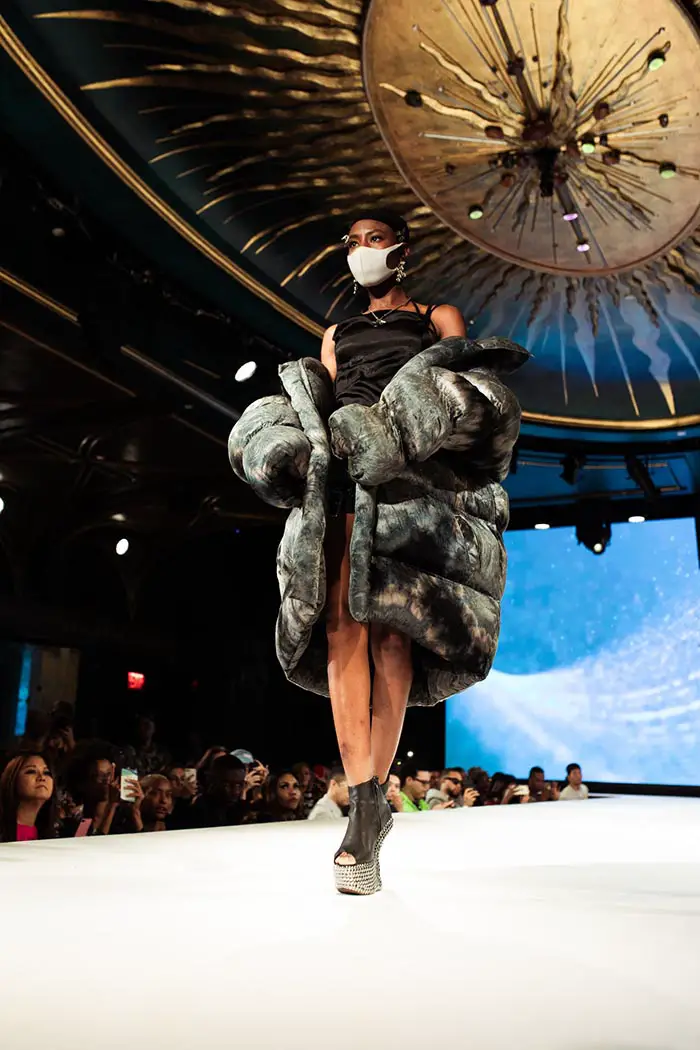Things Abandoned by Designers During the Pandemic
How has the pandemic changed fashion week? Read on to learn more.
The coronavirus has changed millions of people’s lives and the usual rhythm of life of entire countries. This was a real blow to many sectors of the economy. Fashion week has suffered as well, because public displays of new collections have been close-to possible.

The drop in sales due to low purchasing power also meant some adjustments. This is why fashion designers and fashion companies have had to make adjustments to the business model. Here are the main things changed by the pandemic.
Fashion Shows
Many fashion shows are now online and without viewers. Organizers and designers now have to adhere to strict quarantine rules so that models do not risk their health. In part, this has become a big problem because fashion shows have always been an indicator of world trends and an opportunity to attract an additional audience. Online broadcasts do not have the same effect as a live audience present at a fashion show.
Variety of Materials
During the pandemic, designers redefined their approach to the choice of fabrics and various materials for creating clothes. Now the eco-trend is popular in society. Designers strive to create collections with maximum use of sustainable materials. This is partly due to a decrease in partner companies’ supplies and a general trend towards a decrease in environmental pollution.
No Expensive Garments
The mass market has never been a lagging niche in the fashion industry, but it is now the main reference point for designers. The fact is that the target audience is now focused on more affordable clothes.
Lots of new collections have become more accessible to the average consumer. This is partly a positive change because now brand fans can afford to buy garments and support their favorite fashion designers. In particular, the students could join fashion trends and even save some money to pay to do homework.
Less Full Price Garments and More Sales
Many designers are forced to create four collections a year and offer demi-season items. As a result, the collections are sold at full price in only 2-3 months. Then buyers are motivated by discounts and special promotions. Previously, this was atypical, especially if so little time has passed since the fashion show.
Home Streaming
Quarantine means adjustments even to fan interactions. Previously, designers held meetings and shared information directly, but now online streaming is the main communication method. Many companies and celebrities present share live videos and various news on Instagram, Facebook, or YouTube. This is a good way to inform fans about the upcoming collection or any innovations.
Robots Instead of Models
Many designers are seriously discussing the possibility of showing robotic mannequins with clothes instead of models. This is one of the forced measures due to the pandemic. In part, these are just thoughts and backup plans, but famous designers are ready to take such a step for the sake of safety. This format of showcasing fashion collections will probably be less spectacular, but human lives are above all.
Fashion Online Constructor
Designers are no longer able to run long run shows as it is dangerous for models. But there is an alternative. First of all, these are online constructors with all the collection elements and recommendations for combining things.
Now fans of brands and designers can see all the garments variations. This saves time and allows people to see how relevant an item of clothing will be for anyone. Such a format can be very comfortable.
Fewer Celebrities and More Bloggers
Now brands are trying to partner with a lot of bloggers. Previously, celebrities like Kim Kardashian were a priority, but now celebrities with an audience of 1-3 million subscribers are also considered. Native advertising is also important for designers, so online demonstrations of new collections can be held in a home video format. This format is especially relevant for novice designers, but famous brands also collaborate with bloggers.
The fashion industry will doubtlessly return to the old principles and formats of shows. But the new technologies driving the future have gotten a push, which means an eventual synthesis between the old and new.
Undoubtedly we will see further growth in new formats for distributing collections and virtual tours for all those who recently preferred on-the-ground communication with designers.
##
With love,
FWO




